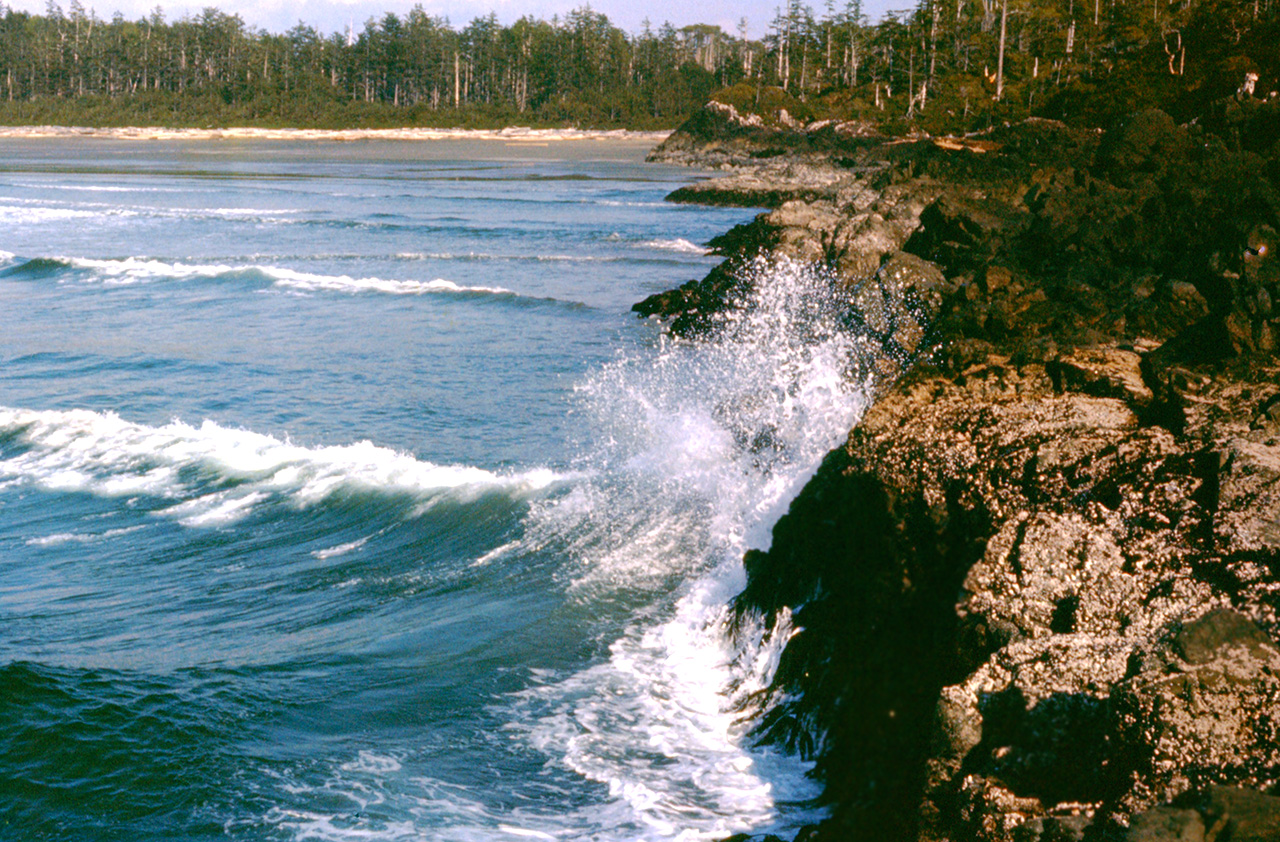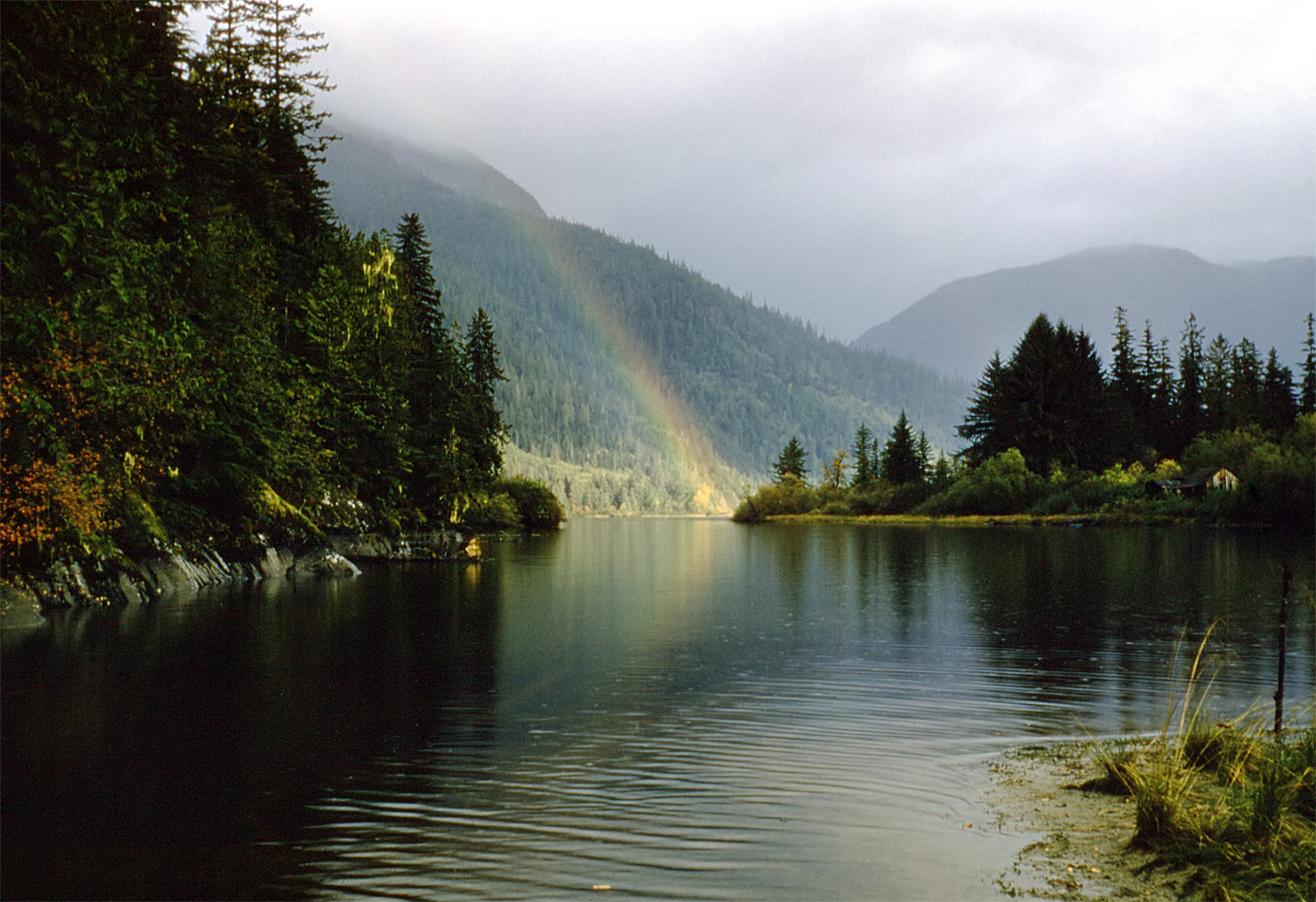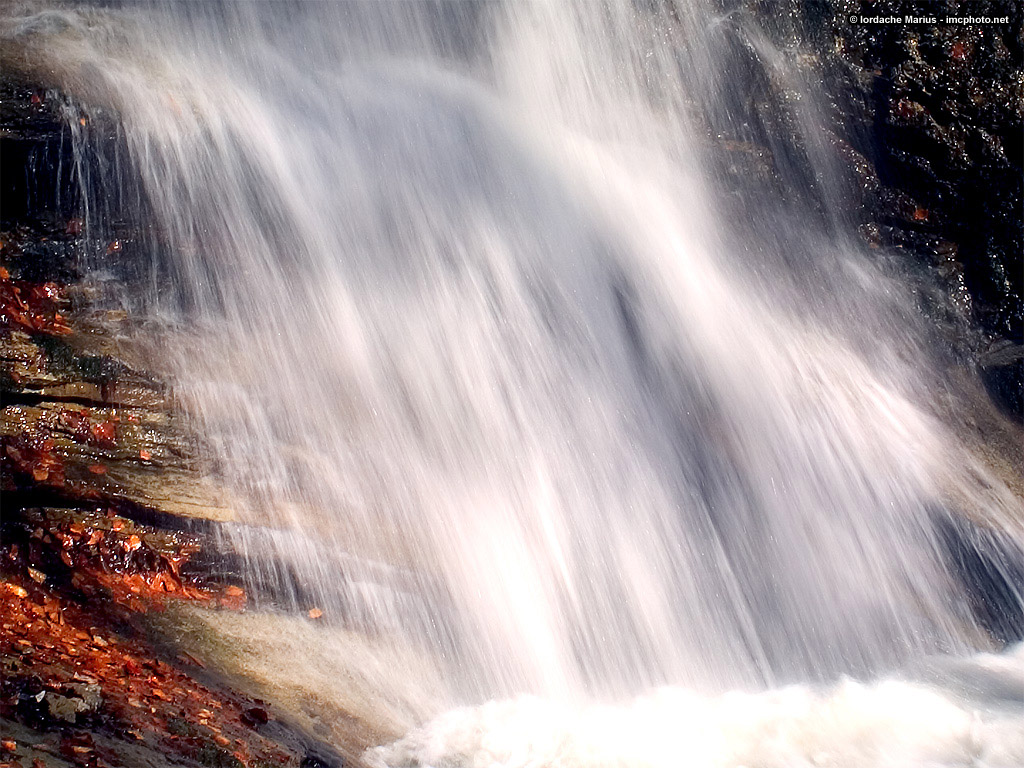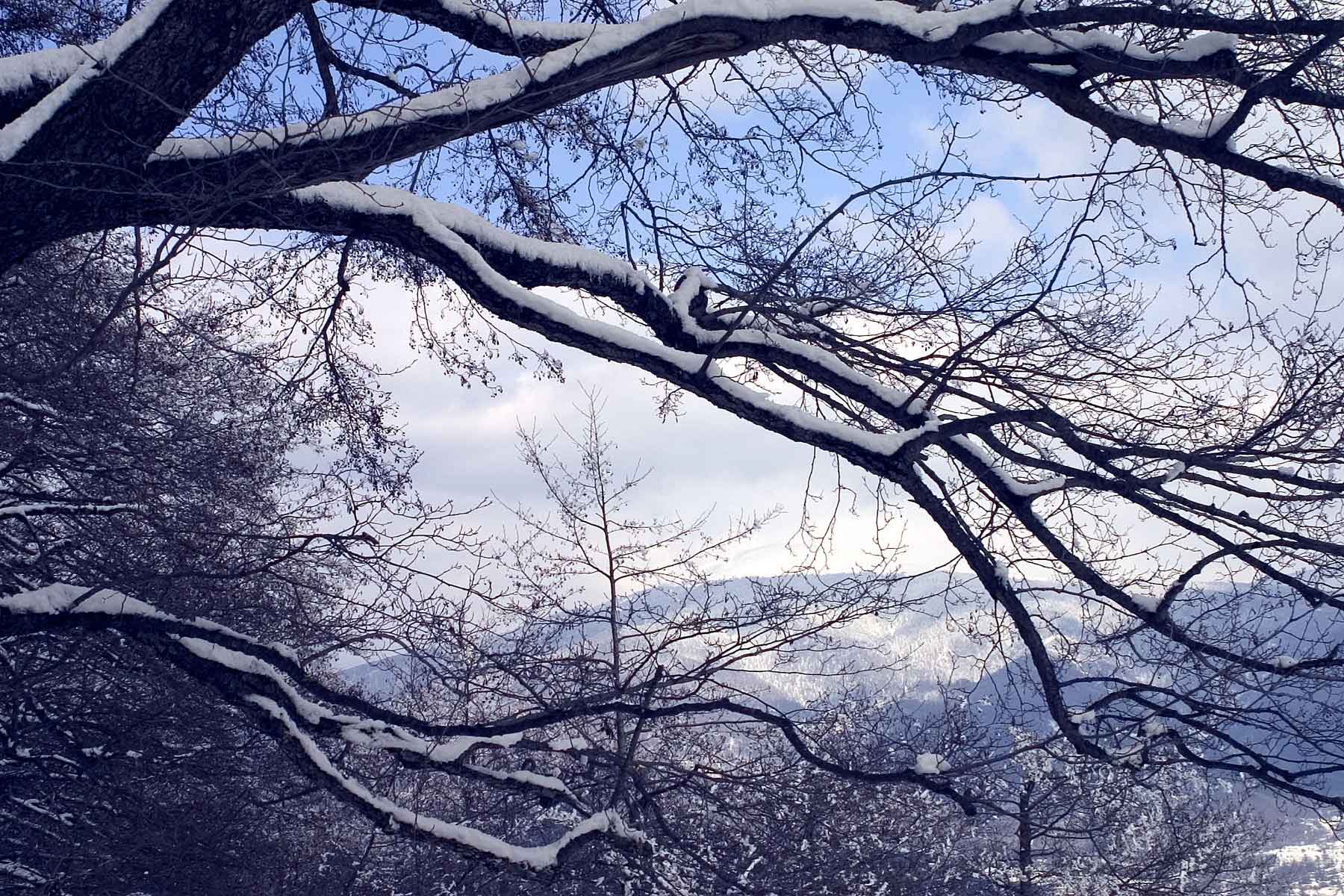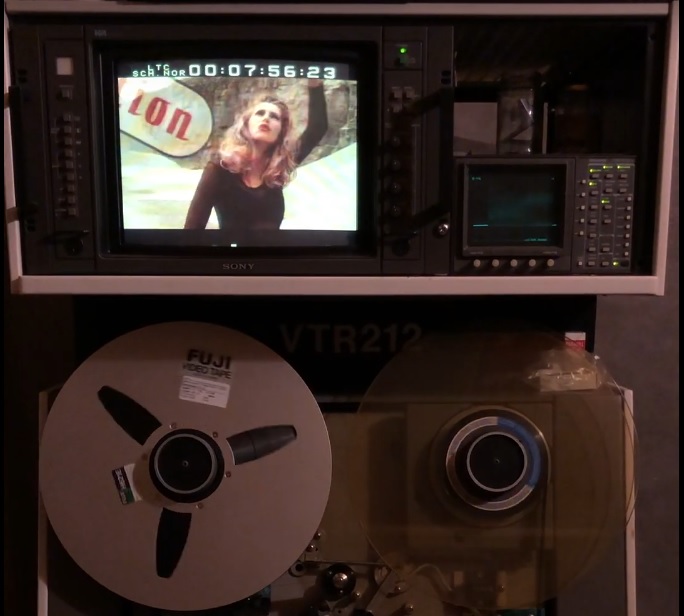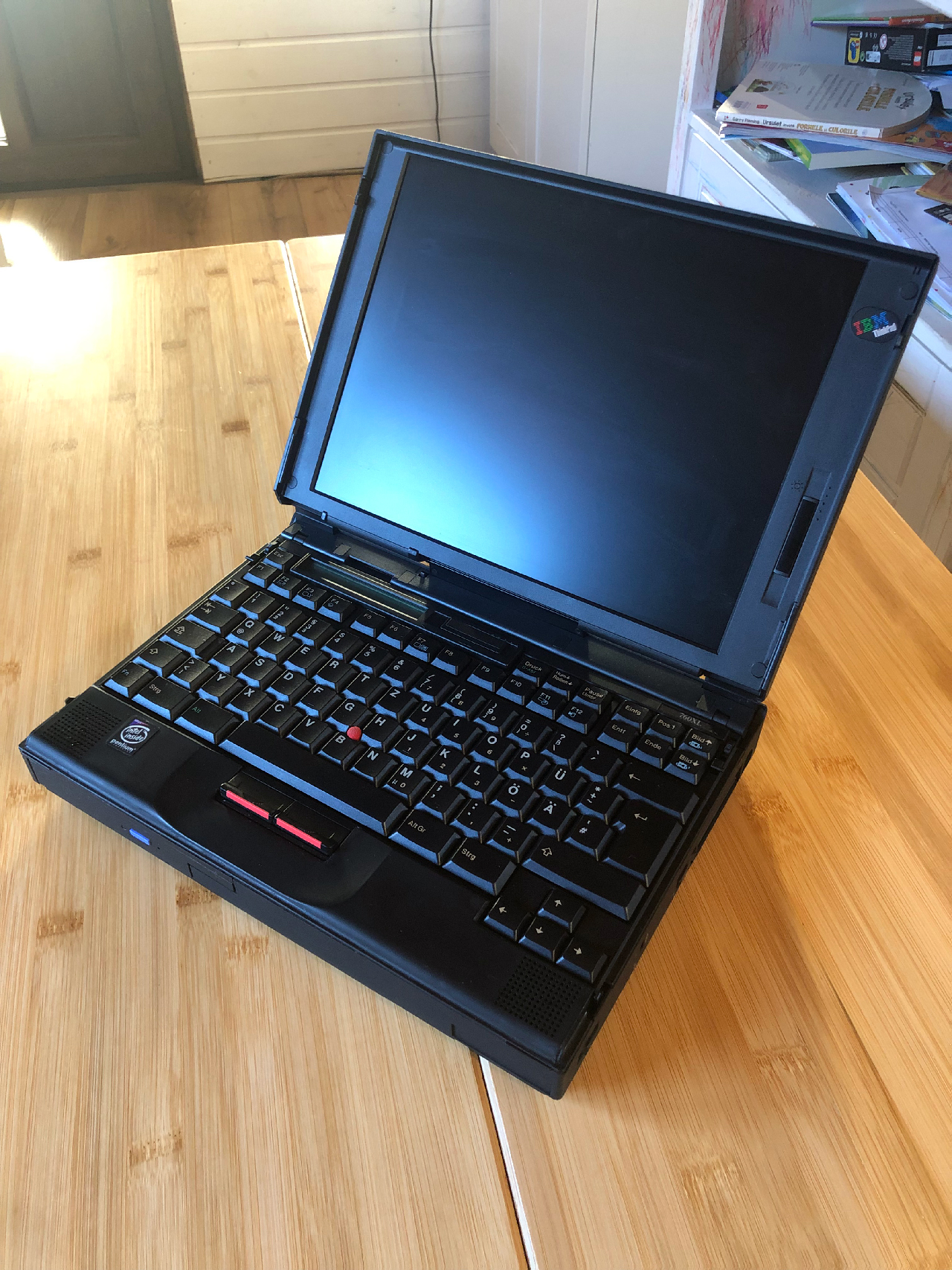A series of photos that probably was used as slide presentations to tourists in the park. Marked by Dudley.
The Athabasca Glacier is one of the six principal ‘toes’ of the Columbia Icefield, located in the Canadian Rockies. The glacier currently recedes at a rate of 2–3 metres per year and has receded more than 1.5 km in the past 125 years and lost over half of its volume. The glacier moves down from the icefield at a rate of several centimetres per day. It is the most visited glacier in North America. The leading edge of the glacier is within easy walking distance; however, travel onto the glacier is not recommended unless properly equipped.
Wapta Falls is a waterfall located in Yoho National Park in British Columbia, Canada. It is the largest waterfall of the Kicking Horse River, at about 30 metres high and 150 metres wide. Its average flow can reach 254 cubic metres per second. The name stems from a Nakoda Indian word meaning “river”.
The Otter Tail River is a 192-mile-long river in the west-central portion of the U.S. state of Minnesota. It begins in Clearwater County, 40 miles southwest of Bemidji. It then flows through a number of lakes and cities. At its mouth, it joins with the Bois de Sioux River to form the Red River at Wahpeton, North Dakota. The Red River is the Minnesota- North Dakota boundary from this point onward to the Canadian border. Five dams were built on the Otter Tail River in the Fergus Falls area between 1909 and 1925 by the Otter Tail Power Company.
An otter is any of 13 living species of semiaquatic (or in the case of the sea otter, aquatic) mammals that feed on fish and shellfish, and also other invertebrates, amphibians, birds and small mammals. Otters have long, slim bodies and relatively short limbs, with webbed paws. Most have sharp claws on their feet, and all except the sea otter have long, muscular tails. The 13 species range in adult size from 0.6 to 1.8 metres in length and 1 to 45 kilograms in weight.
Goose barnacles, also called stalked barnacles, are filter-feeding crustaceans that live attached to hard surfaces of rocks and flotsam in the ocean intertidal zone. Some species of goose barnacles are pelagic and are most frequently found on tidewrack on oceanic coasts. Unlike most other types of barnacles, intertidal goose barnacles depend on water motion rather than the movement of their cirri for feeding, and are therefore found only on exposed or moderately exposed coasts.
In Portugal and Spain, they are a widely consumed and expensive delicacy known as percebes. Percebes are harvested commercially in the northern coast, mainly in Galicia, and are also imported from overseas, particularly from Morocco and Canada. The indigenous peoples of California eat the stem after cooking it in hot ashes.
